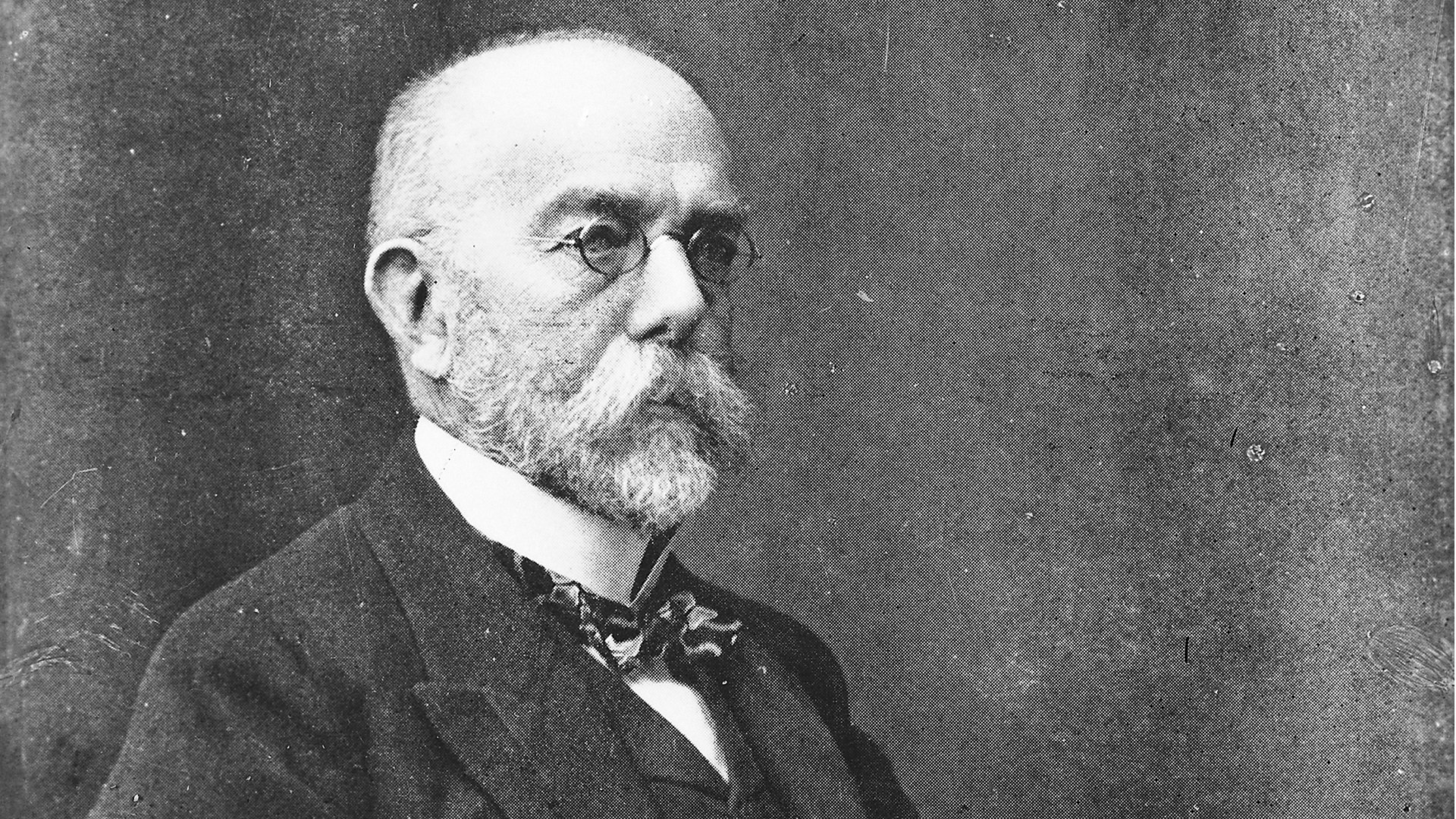Robert Koch (1843 – 1910) discovered that bacteria can cause disease and proposed a universal method to test this. For his work on the infection disease tuberculosis he received a Nobel Prize. Because of Koch’s work, anthrax, tuberculosis and cholera are now manageable diseases. Moreover, he developed various instruments and methods that can still be found in every lab up until this day.
Robert Koch (1843 – 1910) discovered that bacteria can cause disease and proposed a universal method to test this. For his work on the infection disease tuberculosis he received a Nobel Prize. Because of Koch’s work, anthrax, tuberculosis and cholera are now manageable diseases. Moreover, he developed various instruments and methods that can still be found in every lab up until this day.
Microbiology at home
Robert Koch studied medicine and had a great interest in medical research. In the 19th century, microbiology research was still in its infancy. Koch started doing research on anthrax disease in his own apartment, using a microscope (a gift from his wife) and instruments he crafted himself. Koch was the first to prove that anthrax is caused by the bacterium Bacillus anthrasis. He also discovered that the anthrax bacteria can form spores that survive harsh conditions for a long time. The discovery that germs have a life cycle of their own was revolutionary.
Ill? Prove it.
How to prove that a certain disease is indeed caused by a certain germ? Koch was trying to find the answer to this question when he was working on his anthrax research. He developed a universal method to irrefutably prove it. These prepositions are called Koch’s postulates. They are:
- The micro-organismhas to be found in abundance in all organisms (human, animal or plant) suffering from the disease, but not in healthy organisms.
- The micro-organism must be isolated from a diseased organism and cultured.
- The cultured micro-organism should cause disease when introduced in a healthy organism (for example a lab animal).
- The micro-organism must be isolated again from the lab animal, and has to be identified as the same micro-organism that was cultured before.
Never-ending interest in bacteria
Koch had a lifelong interest in infectious diseases, and was eventually world famous as an expert in this area. He identified the cholera bacterium Vibrio cholerae and the tuberculosis bacterium Mycobacterium tuberculosis. For this last discovery, Koch received the Nobel Prize for medicine in 1905. Koch also claimed he found a cure for tuberculosis. Unfortunately this was not the case. However, the medicament turned out to be useful for diagnosing tuberculosis. Tuberculine, as Koch called it, is still being used for this purpose today.
Microbiologist and inventor
In order to simplify his research, Koch came up with some clever inventions. His discoveries are still used in laboratories all over the world. He developed a culture medium based on agar for bacteria to grow on. Koch’s assistant Julius Richard Petri came up with a nifty dish that can show cultured bacteria well: the Petri dish. Also axenic culturing, a method to grow large amounts of clones of one single bacterium, is an invention of Koch.

